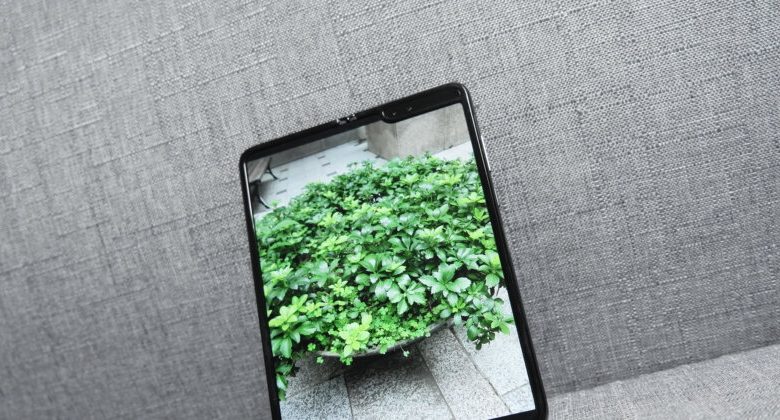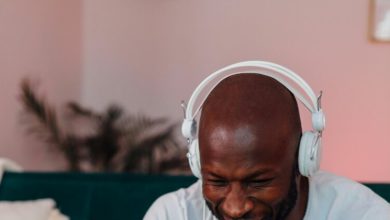Huawei’s Trifold Testing the Limits of Screen Technology

Ever since the popularization of the smartphone via the iPhone in 2007, the slate-style has been widely accepted as the status quo. The use of software apps for mass use like social media and video streaming necessitated a certain size, which was then limited by what could reasonably fit a pocket. While phones have slightly increased in size, with the iPhone going from 3.5 inches to 6.1 inches, diagonally in later incarnations, this was the practical limit in terms of height and width.
Extra screen size has always been preferable, however, it just wasn’t initially possible. Breaking these boundaries was the later concept of the folding phone, as popularised in 2019 with the launch of Samsung’s Galaxy Fold. These folding systems broke new ground by opening like books, essentially doubling the usable screen space of a phone through a flexible material down the middle of the device. This then raised the question, what if we went one step further?
The Huawei Mate XT Ultimate
The latest in screen innovation tech comes from Chinese company Huawei with the Mate XT Ultimate. While working with similar technology to existing folding phones, Huawei’s device takes the technology a step further, with two hinge points extending the viewing area out three times. At around 2,800 USD, this is not a small investment, but it does raise some interesting questions and concerns about the future of folding tech.
Development of the Mate XT Ultimate addresses the fact that as beneficial as a traditional folding screen is, it’s still practically an attempt to match the size of a tablet. Traditional folding phones almost accomplished this goal, only just falling short. The Mate XT Ultimate is the first device to really achieve this mobile folding tablet potential, offering both more positive options and potential points of failure than its predecessors.
For a start, practically every form of smartphone browsing will become more engaging and easy to read with a larger screen. Consider an activity like checking out poker news. This is already easy and convenient on smaller smartphone screens, but larger displays allow for a great viewing of the short clips, a clear view of the details for upcoming tournaments and reduce the odds of missed presses. Larger screens could also facilitate a better watcher experience of poker tournaments like the WSOP, or even streamline playing if the user is interested.
The potential downsides come from the untested nature of the tech, and concerns about the longevity of folding screens. While fears about hinge systems have so far been overstated, there are still weak points here which are only exacerbated by adding more points of failure. The reliability of these systems will undoubtedly improve, but there are still risks with the first generation, and for users who underestimate the inherent relative fragility of the device.
Whether trifold screens like those from the Mate XT Ultimate will ever find traction is too early to guess, but there is real potential here. Traditional single-fold devices are still gaining traction, slowly but surely taking a larger chunk of the mobile market. In a future where mobile technology is a permanent and increasingly important part of our daily lives, it’s possible the Mate XT Ultimate could set eventual winning standards, it’s just too early yet to tell.




